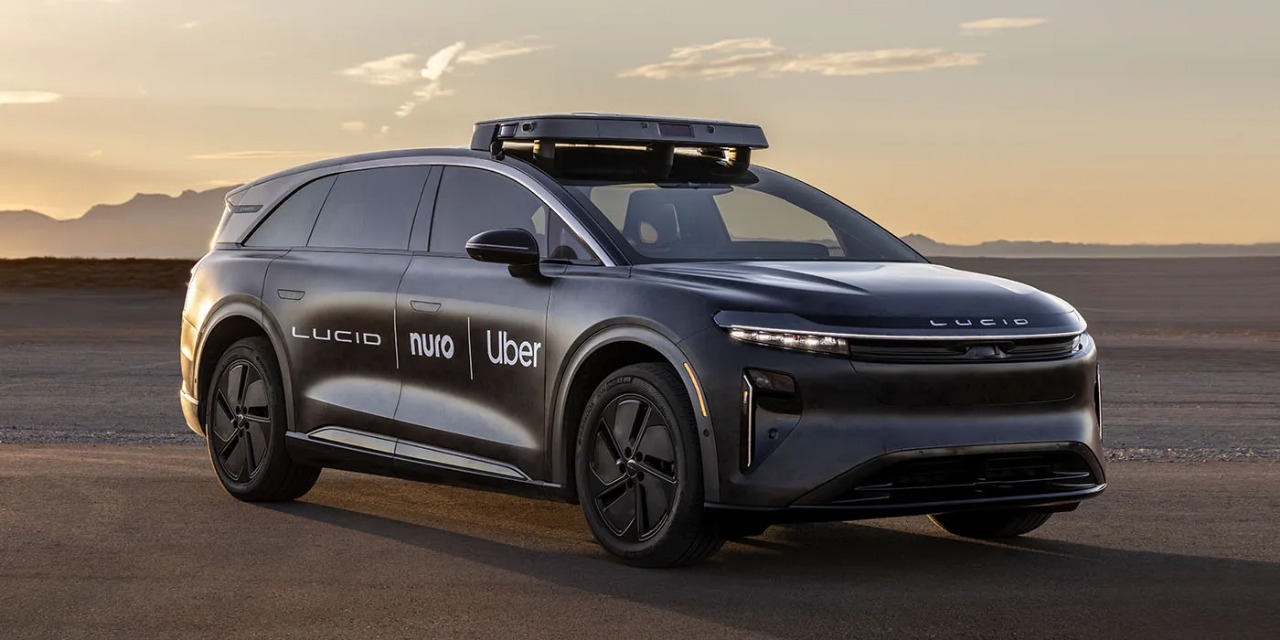Uber is accelerating its push into the driverless era, investing $375 million in autonomous vehicle firm Avride and partnering with technology leaders like Lucid, Nuro, and Baidu. The company plans to launch robotaxi services in major US cities by 2026, blending autonomous vehicles with human drivers to transform urban mobility.
Uber is gearing up for a seismic shift in ride-hailing with its ambitious driverless vehicle strategy. The company recently announced a $375 million investment in Avride, a Dutch autonomous vehicle subsidiary, to boost the rollout and international expansion of a 500-vehicle autonomous fleet. This marks a pivotal moment in Uber's plan to integrate Level 4 self-driving cars into its platform, starting with robotaxi launches expected as early as 2026 in key US markets like Dallas and Las Vegas.
Collaborations with Lucid and Nuro add significant muscle to Uber’s strategy. Lucid’s premium electric vehicles, equipped with Nuro’s advanced self-driving software, will serve as the hardware backbone for Uber’s next-generation robotaxi program. The prototype is already operational in testing environments, showcasing Uber's combined focus on comfort, safety, and scalability. Additionally, global partnership with China's Baidu aims to deploy autonomous vehicles on Uber’s platform internationally, further solidifying Uber’s footprint in the competitive autonomous mobility space.
Uber’s CEO Dara Khosrowshahi highlighted a hybrid future where autonomous fleets and human drivers coexist to meet diverse rider needs. While fully driverless cars promise 24/7 availability and lower costs, human drivers remain critical for complex scenarios like bad weather or rough terrain. Moreover, Uber is empowering its gig workforce by offering “digital tasks” — small remote jobs like AI data labeling — giving drivers additional income streams as robotaxis gradually take over more trips.
The surge in self-driving adoption promises far-reaching changes for urban transportation. Robotaxis can reduce private car ownership, ease traffic congestion, and foster smarter city infrastructure planning. However, the transition also poses challenges such as regulatory harmonization, technology costs, and workforce adaptation.
Key Highlights:
-
Uber invests $375 million in Avride to accelerate deployment of a 500-car autonomous fleet internationally.
-
Plans to launch autonomous robotaxi services in US cities like Dallas and Las Vegas by 2026.
-
Partnership with Lucid and Nuro to integrate premium electric vehicles and Level 4 autonomy software.
-
Baidu collaboration to deploy autonomous cars globally on Uber’s platform.
-
CEO Dara Khosrowshahi envisions a hybrid model combining autonomous vehicles with human drivers.
-
Drivers offered new gig opportunities like AI data labeling to supplement incomes during transition.
-
Robotaxis promise 24/7 affordable, accessible rides, potential to reduce congestion, and catalyze smart city growth.
-
Challenges include regulatory complexity, technology costs, and driver workforce evolution.
Source Citations: Uber Investor Relations, Bloomberg, Business Insider, CNBC, Reuters, Seeking Alpha, Constellation Research, Pulse2, GuruFocus

